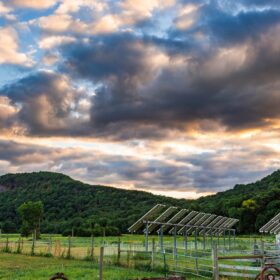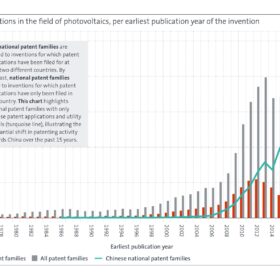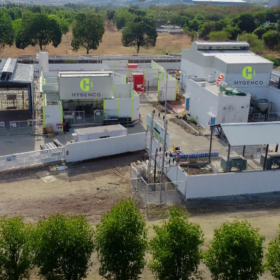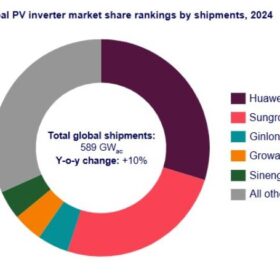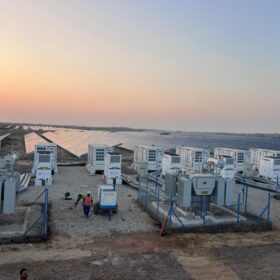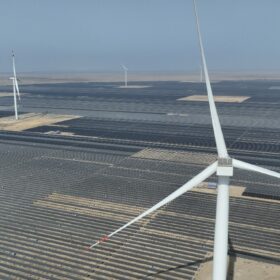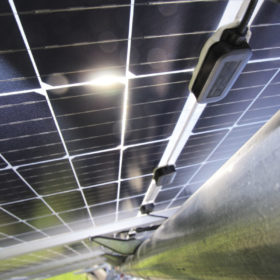Agrivoltaic shading, full-sun fields gives farmers the power to pivot
Research conducted at the oldest agrivoltaic research site in the United States found year-to-year weather variability impacts agrivoltaic crop production, emphasizing the importance in conducting studies across multiple years.
Solar module prices on a clear downward trend
PV module prices have fallen by around 5% to 8% across all technology classes in recent weeks. says Martin Schachinger, the founder of pvXchange.com. This means that prices are moving strongly back toward the level we saw at the beginning of the year, which can only be described as unhealthy for module producers.
German battery storage hits 22.1 GWh in H1
Germany’s battery storage capacity is rapidly expanding, nearing 2 million installations by the end of the first half of 2025.
New solar trade cases focus on Asian countries
A US solar manufacturing group has filed trade petitions targeting cell and module imports from Indonesia, India and Laos, seeking antidumping and countervailing duties on largely Chinese-produced products. The action could trigger new AD/CVD investigations by the US Department of Commerce.
Photovoltaic inventions increased seventeen-fold in three decades
The European Patent Office says China has overtaken other countries in photovoltaic patent filings over the past 15 years, while European startups and universities retain a lead in agrivoltaics and niche solar applications.
The Hydrogen Stream: Hygenco commissions green hydrogen plant to decarbonize Sterlite Technologies’ optic fibre production
Hygenco Green Energies has commissioned Maharashtra’s first green hydrogen and green oxygen production facility in Chhatrapati Sambhaji Nagar. This project will supply green hydrogen and oxygen to optic fibre manufacturer Sterlite Technologies Ltd.’s glass preform facility, supporting its goal to achieve Net Zero by 2030.
Photovoltaics for cargo ships
Wattlab has installed a PV system capable of delivering up to 35 kW to a cargo ship’s high-voltage propulsion system, allowing it to temporarily replace one of four diesel generators under optimal conditions.
Upcycling solar glass waste to use in solid-state lithium batteries
Nanyang Technological University researchers have milled solar panel glass waste for use in cathodes used in solid state lithium metal batteries. When used as a functional filler in solid polymer electrolyte (SPE) material, the resulting battery performance was maintained over 80 charge cycles with an 8.3 % improvement over the reference device.
Four-year outdoor testing shows perovskite cells suffer from high seasonality
Testing conducted by the Helmholtz-Zentrum Berlin in Germany has shown that perovskite solar cells operating at high latitudes in Europe may suffer from higher performance losses in winter compared to conventional PV devices. The scientists warned, however, that at lower latitudes this seasonality may be less pronounced.
Huawei leads global inverter market as shipments hit 589 GW in 2024
Chinese companies made up nine of the 10 largest global inverter suppliers in 2024, with total inverter shipments reaching 589 GW (AC), according to Wood Mackenzie.
